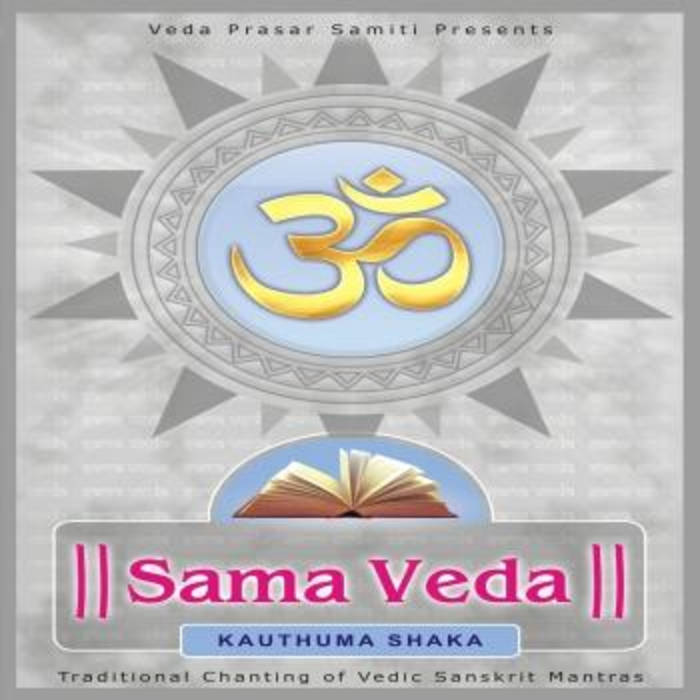

It has been mentioned many times in the Indian Cultural Heritage. Archery is denoted as one of the noblest defence forms since ancient times.

The study of Dhanurveda is associated with Yajurveda. There are four main categories of Upavedas depending on the source and place of application of knowledge. There are certain technical works available in this form of scriptures and thus, their class differs from other Vedas. Translated into the literal meaning, Upaveda means knowledge of applied studies. Now that we have understood what the Upvedas are, Let us try to understand what is Upaveda and how it differs for Vedas, and the classification of the same. The text provided in Upanishad explains the importance and process of meditation, philosophy and spiritual context in terms of studies and everyday life. Here the commentaries on rituals, ceremonies and sacrifices are provided, that can help you understand the context better. Apart from this, the knowledge about various ceremonies and sacrifices is discussed here. This discusses the rituals we need to do in daily life. They are sung with or without literal meaning. This is a collection of mantras or hymns that are put together in context to prayer just for the recitals. Atharvaveda: Atharvaveda will bring in the details of everyday life for youĮach Veda is classified further into four major texts depending upon the knowledge they share and their delivery of context.Yajurveda: Yajurveda offers detailed ideas about the various conditions at the time of sacrifice and sacred rituals and ceremonies.They are spiritual prayers offered during a sacrifice or in praise of God. Samaveda: Samaveda is related to chanting mantras and hymns.They are spiritual prayers about various Hindu Gods. Rigveda: Rigveda is a collection of 1028 Sanskrit hymns.What Are The Four Different Types Of Vedas? According to the old saying, Vyasa is the compiler of Vedas and he arranged the Vedic Hymns into four different collectables known as Vedas.


 0 kommentar(er)
0 kommentar(er)
